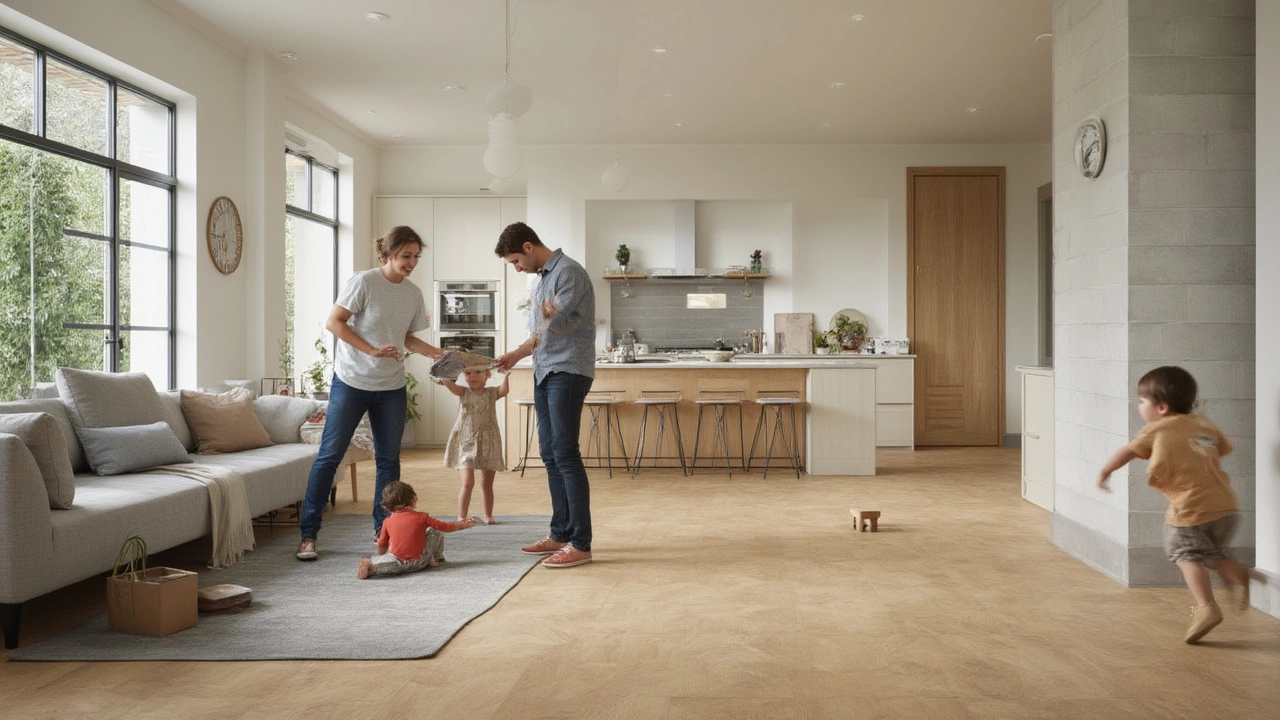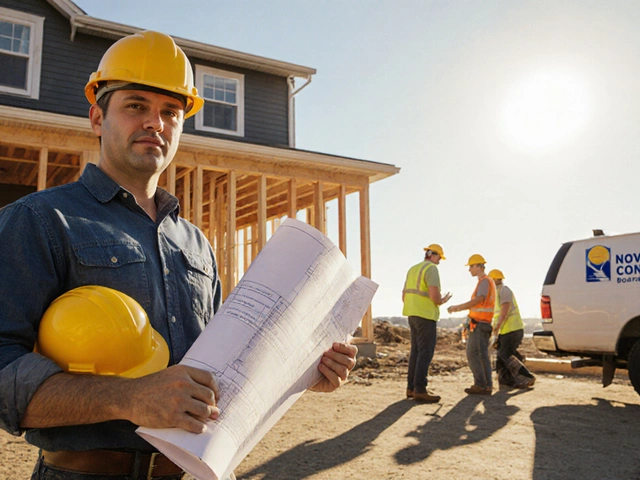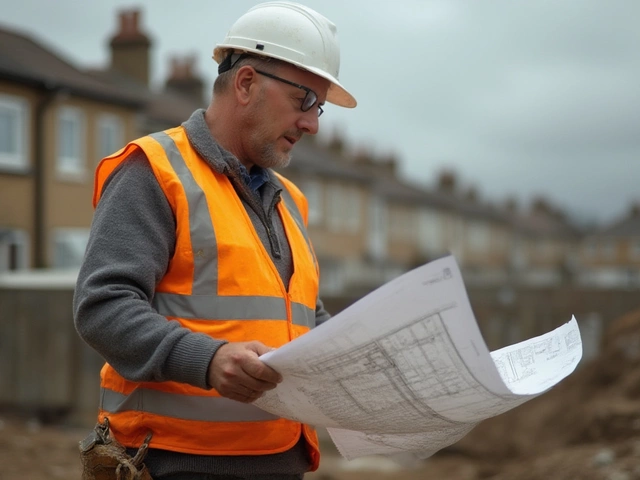Best Flooring for New Build: What Works, What Won’t
Starting a new build is exciting, but picking the right floor can feel overwhelming. You want something that looks good, lasts long, and fits your budget. The key is to match the flooring to the room’s use, the local climate, and the construction method. Below are the top choices and the practical things to watch for.
Durable and Easy‑Care Options
For high‑traffic areas like kitchens and hallways, engineered wood and porcelain tile are hard winners. Engineered wood gives you the warm feel of timber but handles moisture better than solid oak, so it’s safe over concrete slabs. Porcelain tiles are virtually scratch‑proof, resist water, and come in many styles that mimic stone or wood.
If you’re on a tighter budget, laminate flooring offers a realistic wood look without the price tag. Modern laminates have a waterproof core, making them suitable for bathrooms and basements when paired with a good underlay. Just remember to leave a small expansion gap around walls so the floor can move with temperature changes.
Comfort and Sound Control
When you want a softer surface, especially in bedrooms or living rooms, consider vinyl planks or cork flooring. Luxury vinyl planks (LVP) are thick, waterproof, and feel warm underfoot. Cork is a sustainable choice that naturally dampens sound, which is great for multi‑story homes. Both options install over a leveled subfloor and don’t need a separate moisture barrier if the slab is dry.
Carpet still has a place in new builds for added comfort and insulation. Choose low‑pile, stain‑resistant fibers if you have children or pets. A good carpet pad improves durability and reduces noise transmission between floors.
Now, a quick checklist before you purchase:
- Moisture level: Test the concrete slab. If it reads above 5% moisture, pick a water‑proof product or install a proper vapor barrier.
- Subfloor flatness: Floors should be within 3 mm over 2 m. Any high spots need grinding; low spots need a leveling compound.
- Acclimatization: Let wood‑based products sit in the build site for 48‑72 hours so they adjust to temperature and humidity.
- Budget: Set a per‑square‑meter ceiling. Remember to add 10% for waste and cuts.
- Sustainability: Look for FSC‑certified timber, recycled‑content vinyl, or locally sourced stone such as limestone from Lime Hillock quarries.
Installation matters just as much as the material. If you’re comfortable with DIY, click‑lock laminate, LVP, and cork are forgiving. For tile, stone, or engineered wood, hiring an experienced installer is worth the extra cost—they’ll ensure proper spacing, cutting, and sealing.
In short, the best flooring for a new build balances appearance, durability, and price. Engineered wood, porcelain tile, luxury vinyl, and cork all rank high for different rooms. Test moisture, level your subfloor, and give the material time to settle before laying it down. Follow these steps and you’ll end up with a floor that looks great now and stays strong for years to come.
Best Flooring Choices for New Builds: Modern Options, Durability & Cost Guide

Curious about the best flooring for your new build? Discover top flooring options, practical tips, durability, costs, and style ideas all in one place.
read more



